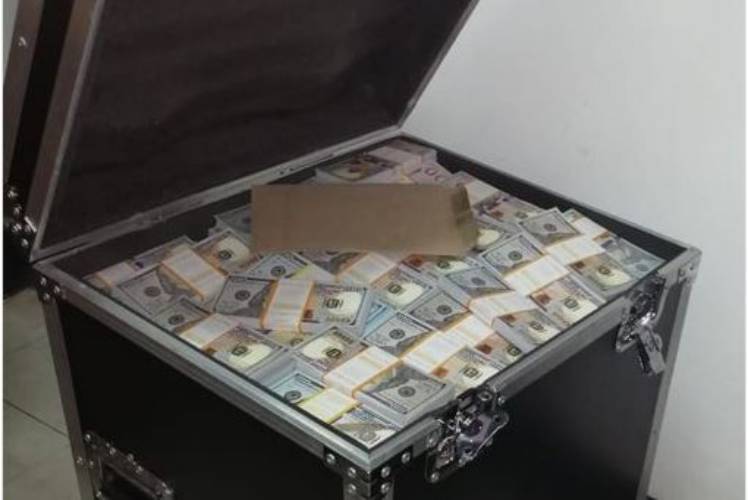×
The Standard e-Paper
Informed Minds Prefer The Standard

After police impounding Sh2 billion in fake currency at Barclays Bank, Queens Way Branch, Nairobi, many are definitely wondering how fake currency found its way into a bank.